
How to Use Tube Laser Module: Examples, Pinouts, and Specs
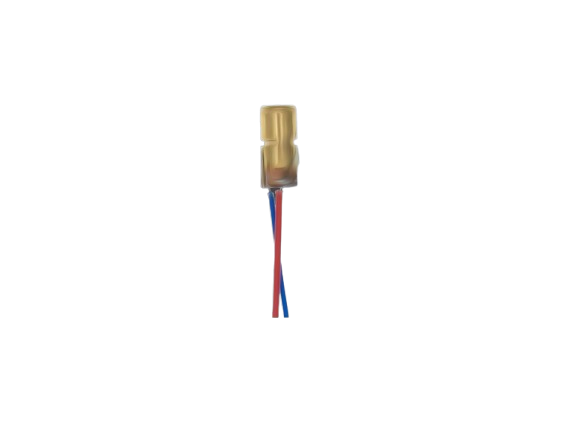
 Design with Tube Laser Module in Cirkit Designer
Design with Tube Laser Module in Cirkit DesignerIntroduction
The Tube Laser Module by Laser (Part ID: Red Laser) is a versatile device designed to generate a focused beam of light. This module is commonly used in applications such as cutting, engraving, and other precision tasks across various industries. Its ability to produce a highly concentrated beam makes it ideal for tasks requiring high accuracy and fine detail.
Explore Projects Built with Tube Laser Module
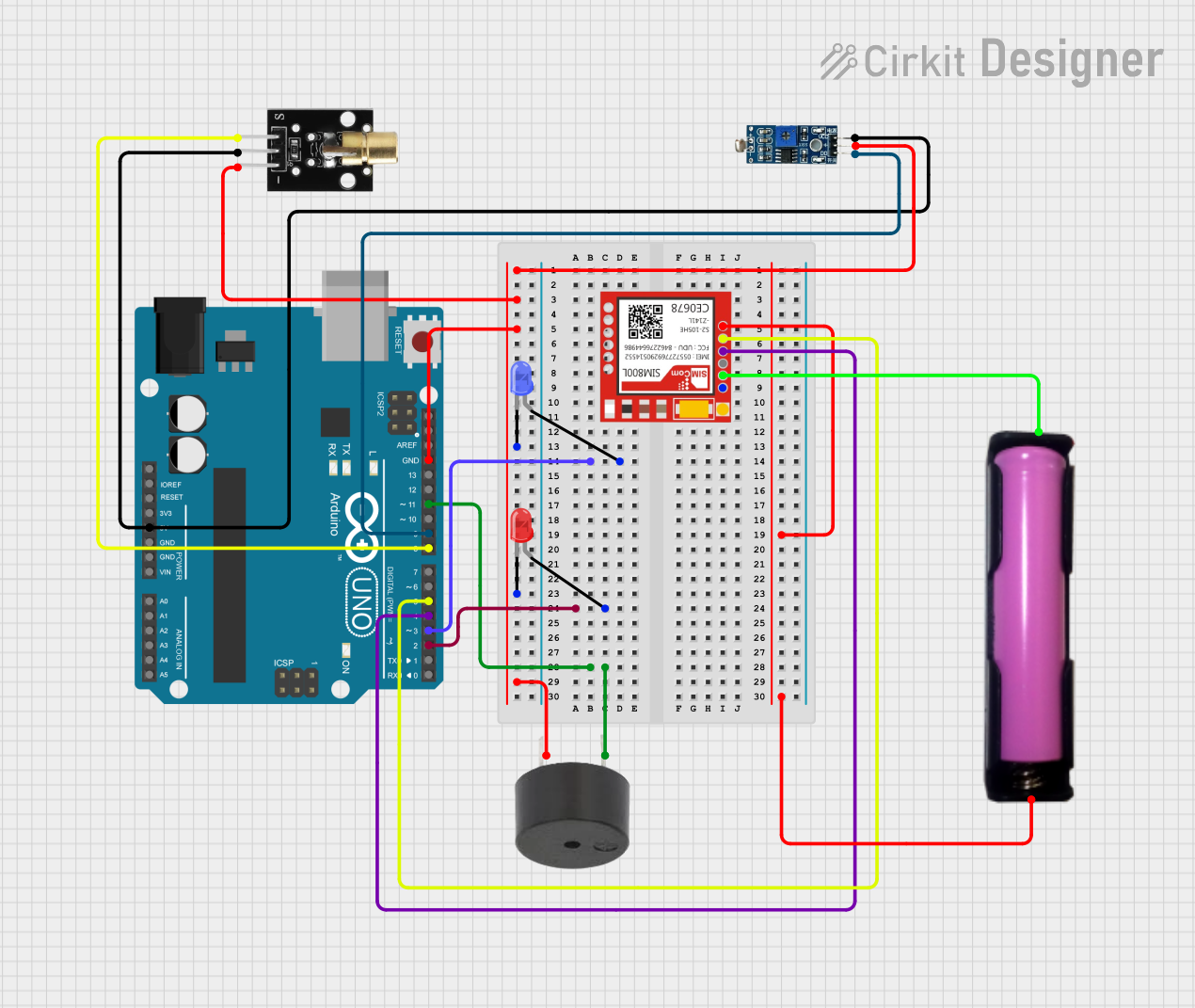
 Open Project in Cirkit Designer
Open Project in Cirkit Designer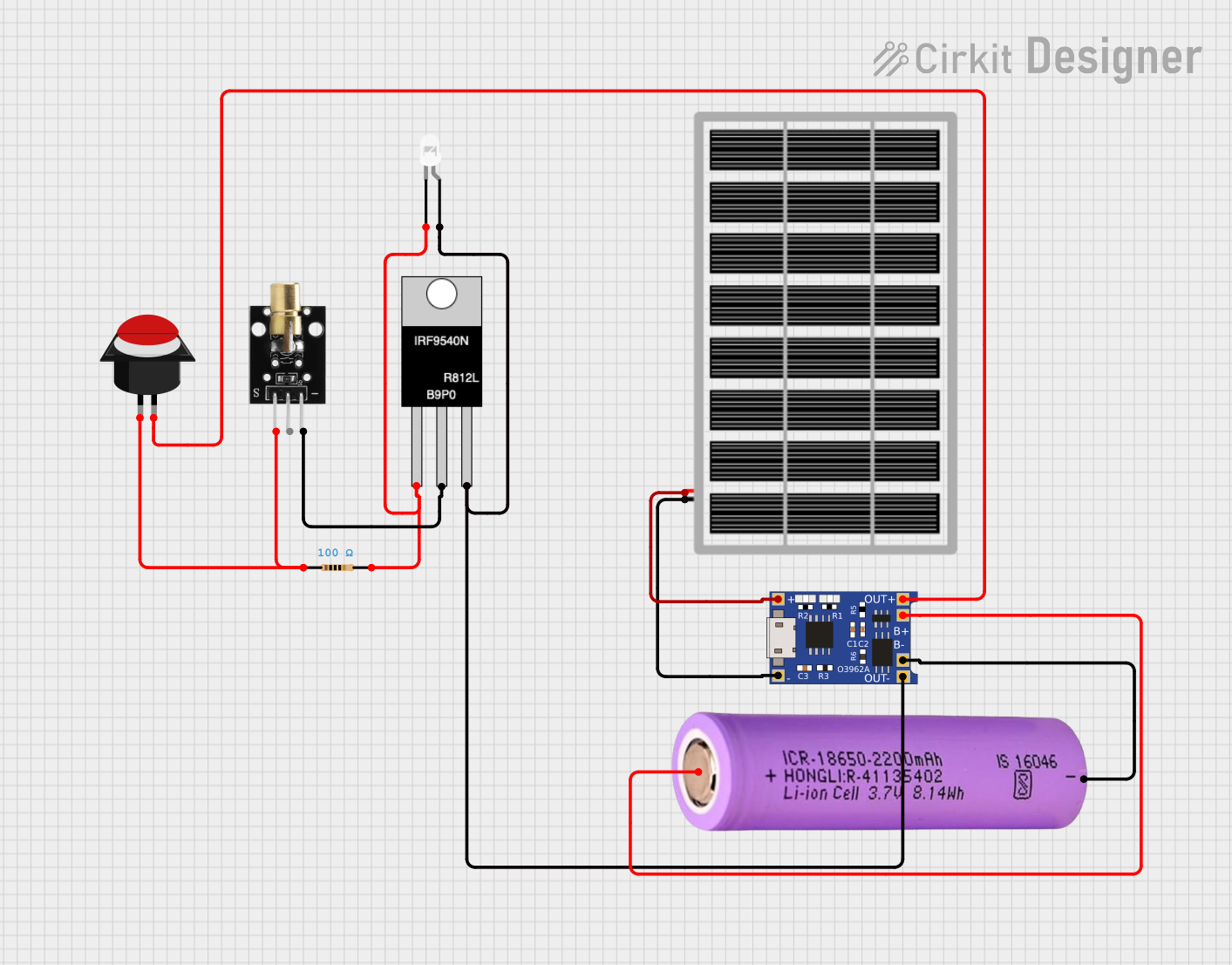
 Open Project in Cirkit Designer
Open Project in Cirkit Designer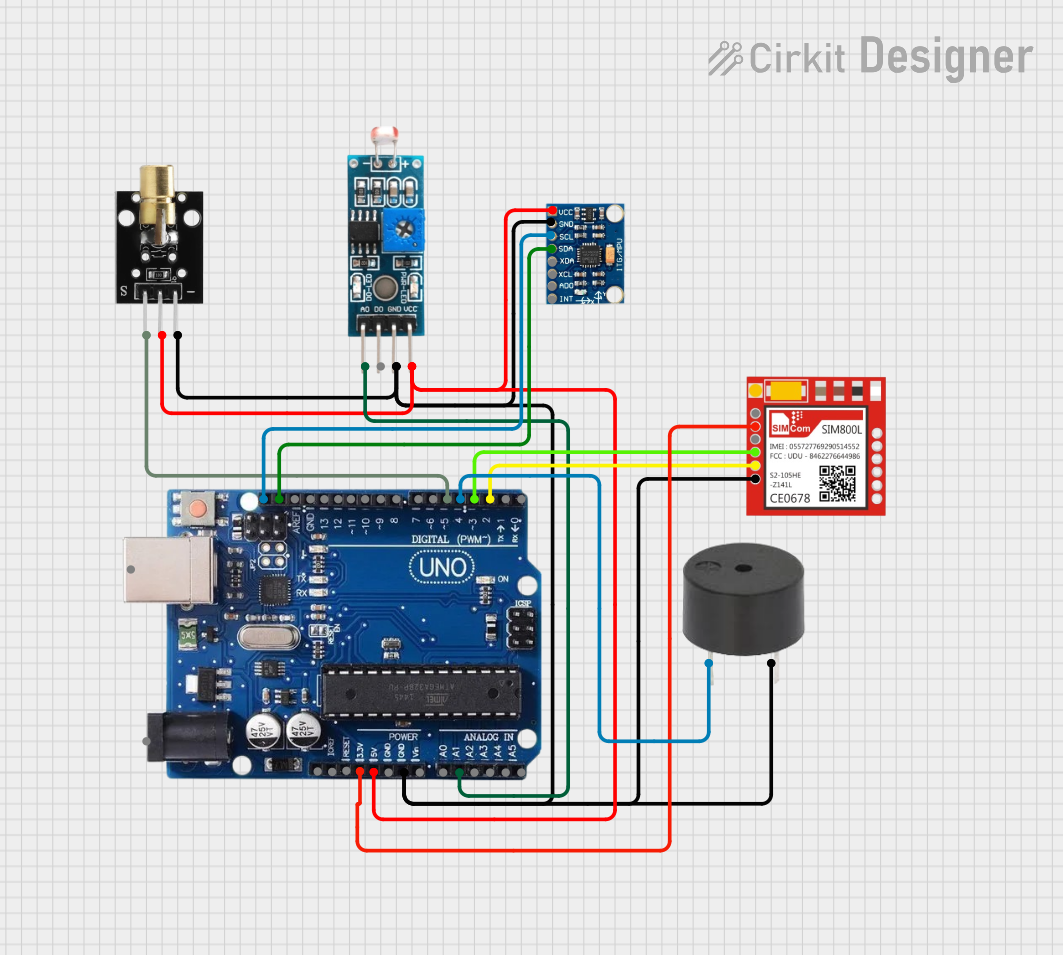
 Open Project in Cirkit Designer
Open Project in Cirkit Designer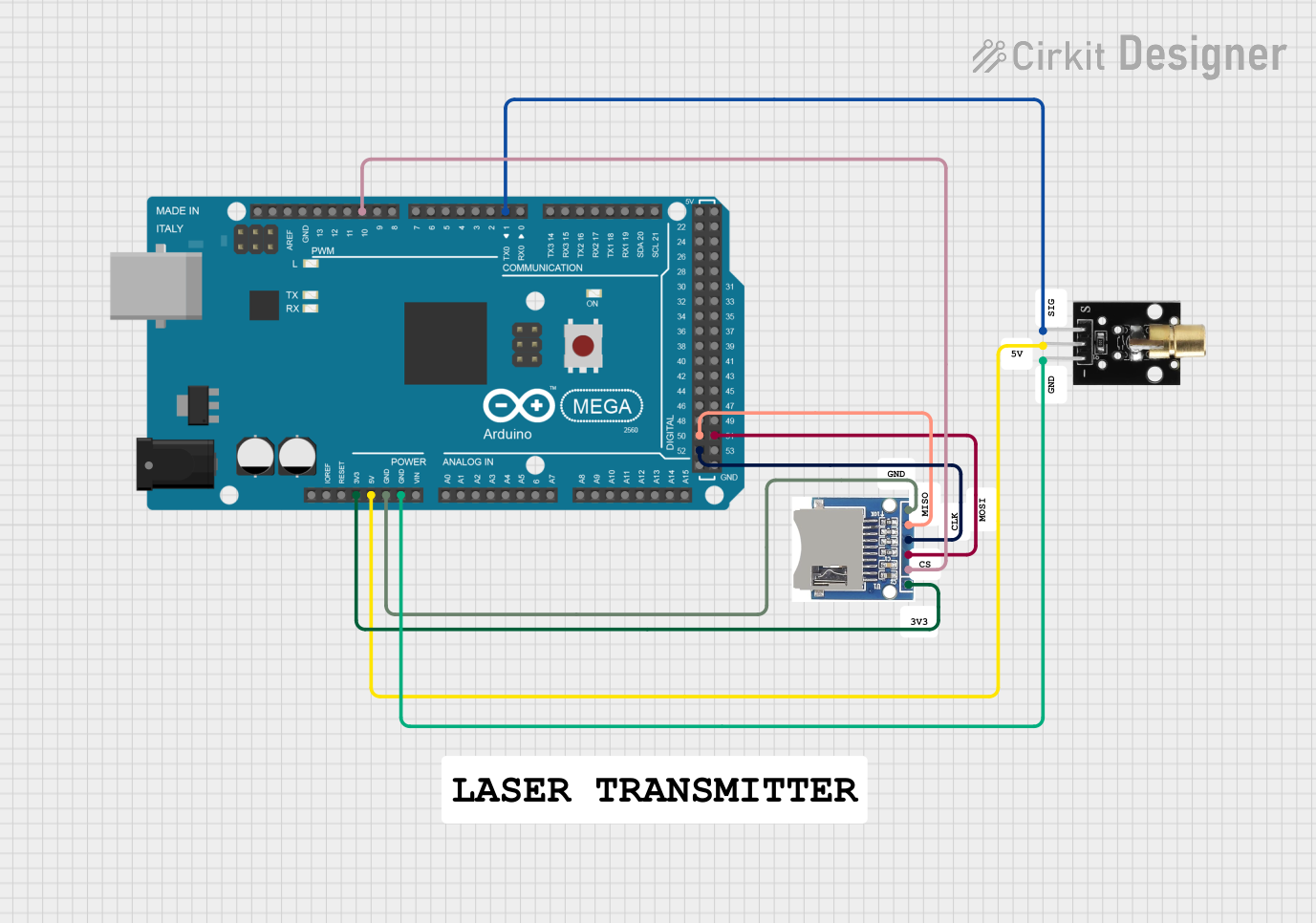
 Open Project in Cirkit Designer
Open Project in Cirkit DesignerExplore Projects Built with Tube Laser Module

 Open Project in Cirkit Designer
Open Project in Cirkit Designer
 Open Project in Cirkit Designer
Open Project in Cirkit Designer
 Open Project in Cirkit Designer
Open Project in Cirkit Designer
 Open Project in Cirkit Designer
Open Project in Cirkit DesignerTechnical Specifications
Key Technical Details
| Parameter | Value |
|---|---|
| Operating Voltage | 5V DC |
| Operating Current | 40mA |
| Output Power | <5mW |
| Wavelength | 650nm (Red) |
| Beam Diameter | <5mm |
| Focus Adjustable | Yes |
| Operating Temperature | -10°C to +40°C |
| Storage Temperature | -40°C to +80°C |
Pin Configuration and Descriptions
| Pin Number | Pin Name | Description |
|---|---|---|
| 1 | VCC | Power supply (5V DC) |
| 2 | GND | Ground |
| 3 | PWM | Pulse Width Modulation input |
Usage Instructions
How to Use the Component in a Circuit
- Power Supply Connection: Connect the VCC pin to a 5V DC power supply and the GND pin to the ground of your circuit.
- PWM Control: The PWM pin can be connected to a microcontroller (e.g., Arduino UNO) to control the intensity of the laser beam. By varying the duty cycle of the PWM signal, you can adjust the brightness of the laser.
Important Considerations and Best Practices
- Safety First: Always wear appropriate eye protection when operating the laser module to prevent eye damage.
- Heat Management: Ensure proper heat dissipation to avoid overheating the module. Use heat sinks or cooling fans if necessary.
- Stable Power Supply: Use a stable and regulated power supply to prevent voltage fluctuations that could damage the module.
- Focus Adjustment: Adjust the focus of the laser beam according to your application requirements for optimal performance.
Example Circuit with Arduino UNO
/*
* Example code to control the Tube Laser Module with an Arduino UNO.
* This code uses PWM to adjust the laser intensity.
*/
const int laserPin = 9; // PWM pin connected to the laser module
void setup() {
pinMode(laserPin, OUTPUT); // Set the laser pin as an output
}
void loop() {
// Gradually increase the laser intensity
for (int i = 0; i <= 255; i++) {
analogWrite(laserPin, i); // Write PWM value to the laser pin
delay(10); // Wait for 10 milliseconds
}
// Gradually decrease the laser intensity
for (int i = 255; i >= 0; i--) {
analogWrite(laserPin, i); // Write PWM value to the laser pin
delay(10); // Wait for 10 milliseconds
}
}
Troubleshooting and FAQs
Common Issues Users Might Face
Laser Not Turning On:
- Solution: Check the power supply connections. Ensure that the VCC and GND pins are properly connected to a 5V DC power source.
Laser Beam is Weak:
- Solution: Verify the PWM signal from the microcontroller. Ensure that the duty cycle is set correctly to achieve the desired intensity.
Overheating:
- Solution: Ensure proper ventilation and cooling. Use heat sinks or cooling fans to dissipate heat effectively.
Focus Issues:
- Solution: Adjust the focus ring on the laser module to achieve a sharp and precise beam.
FAQs
Q1: Can I use a power supply higher than 5V?
- A1: No, using a power supply higher than 5V can damage the laser module. Always use a regulated 5V DC power supply.
Q2: Is the laser module safe for continuous operation?
- A2: Yes, the laser module is designed for continuous operation, provided that proper cooling measures are in place to prevent overheating.
Q3: Can I control the laser module with a different microcontroller?
- A3: Yes, you can control the laser module with any microcontroller that supports PWM output.
Q4: How do I clean the laser lens?
- A4: Use a soft, lint-free cloth and a small amount of lens cleaning solution to gently clean the laser lens. Avoid using abrasive materials.
By following this documentation, users can effectively utilize the Tube Laser Module in their projects, ensuring optimal performance and longevity of the component.